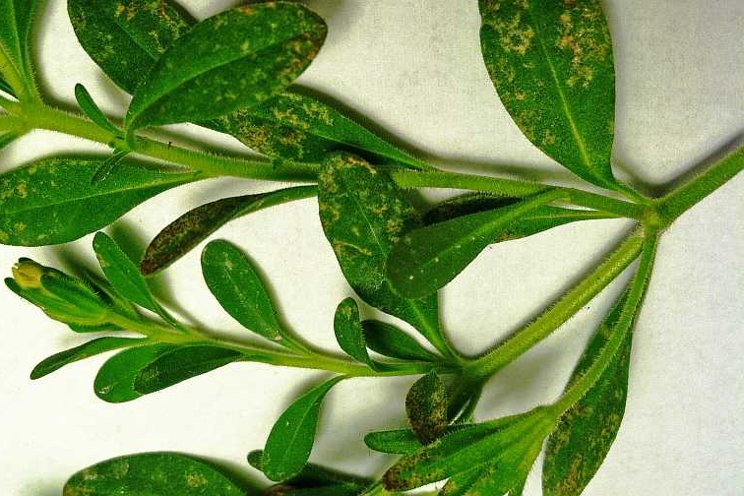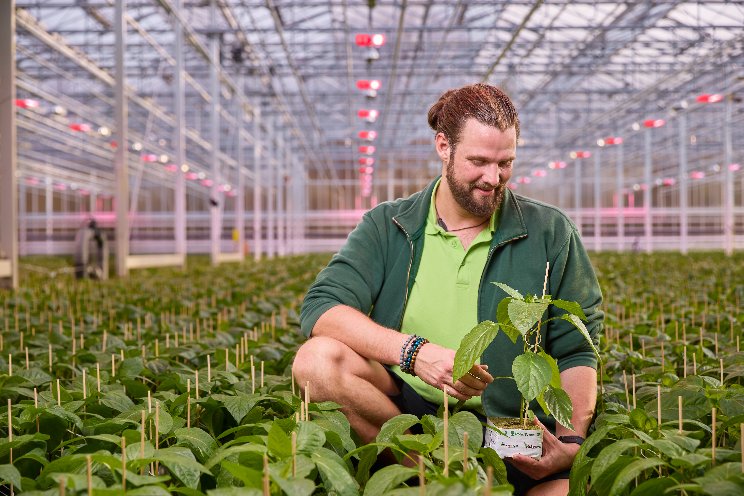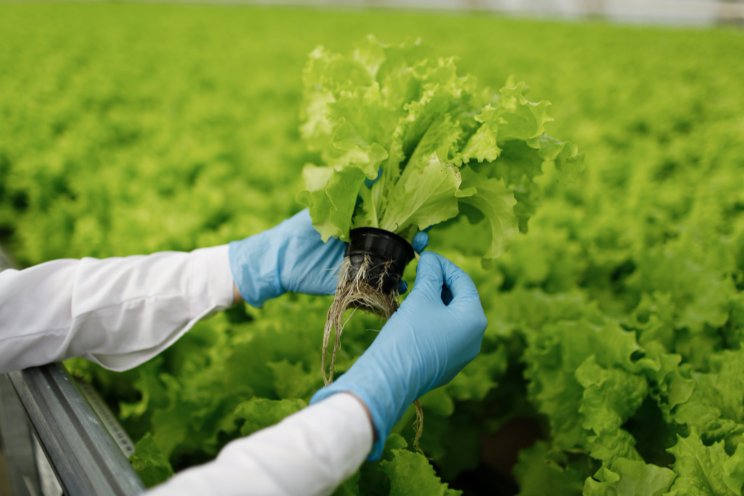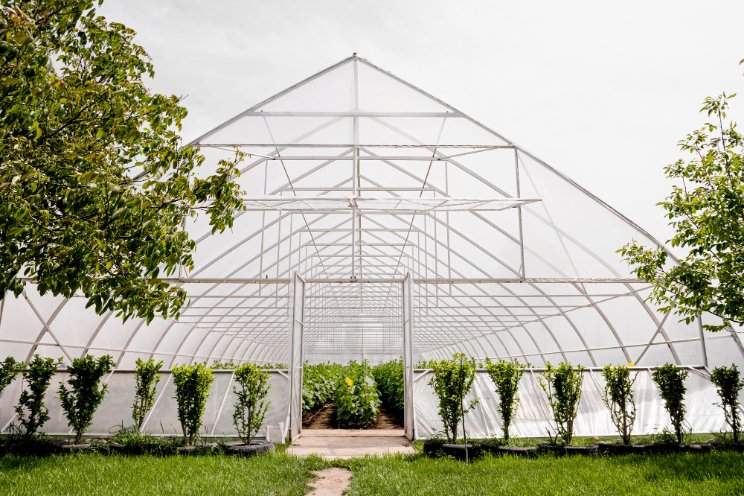Why summertime can bring out the worst in greenhouse pests
Added on 18 May 2023

The other side of the coin, according to a recent GGSPro Tech Tip from Griffin, is that the long days and elevated temperatures kick many insect and mite pest life cycles into overdrive. Ideal temperatures for thrips reproduction are 80 to 85°F. This shortens the life cycle down to as little as 10 days.
In many parts of the country, this can add to the pest pressure throughout the active growing season. Hot and low humidity weather can bring out the worst in spider mites as well. In the summer, spider mites can increase by 70-fold in 6 days. With this level of reproductive capacity, even a well-designed biocontrol agent program may struggle to keep up.
Here are a few tips:
- Early detection – Scouting can alert us to pest populations before they get out of hand, and can save an operation a lot of time and money.
- Crop selection – If there are crops that historically are troublemakers during summer production at your facility, consider reducing or eliminating them from your summer offerings.
Photo Caption: Thrips feeding damage on calibrachoa. Photo: Griffin Greenhouse Supplies
More news















